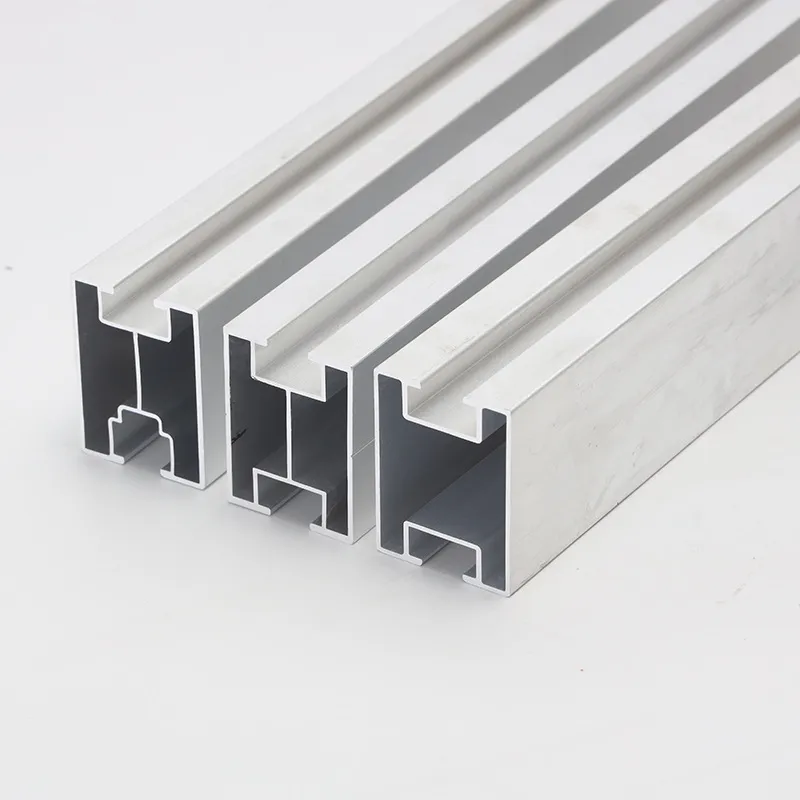

Choosing the Right Self-Tapping Screws for Effective Gutter Guard Installation and Maintenance
يوليو . 27, 2024 14:11 Back to list
Choosing the Right Self-Tapping Screws for Effective Gutter Guard Installation and Maintenance
Self-Tapping Screws for Gutter Guards A Comprehensive Guide
When it comes to maintaining the integrity and functionality of your home's drainage system, gutter guards play a vital role. They help prevent leaves, debris, and pests from clogging your gutters, ensuring that rainwater flows freely away from your home. However, the effectiveness of gutter guards is heavily dependent on their installation, which is where self-tapping screws come into play.
What Are Self-Tapping Screws?
Self-tapping screws are specialized fasteners designed to create their own threads as they are driven into materials, typically metal or plastic. Unlike standard screws that require pre-drilled holes, self-tapping screws make the installation process easier and faster. This feature makes them particularly useful for installing gutter guards, which often need to be secured tightly to withstand various weather conditions.
Benefits of Using Self-Tapping Screws for Gutter Guards
1. Easy Installation One of the most significant advantages of self-tapping screws is their self-drilling capability. This feature eliminates the need for a pilot hole, allowing homeowners or contractors to install gutter guards quickly and efficiently. The ease of installation means that even those with limited DIY experience can tackle the project with confidence.
2. Strong Hold The design of self-tapping screws ensures a strong grip within the material. This is critical for gutter guards, as they need to remain securely fastened to endure rain, wind, and other environmental stresses. A reliable hold minimizes the risk of the guards becoming loose or detached over time.
3. Versatility Self-tapping screws come in various sizes and materials, making them suitable for different types of gutter guard systems. Whether your guards are made of aluminum, vinyl, or another material, there is likely a self-tapping screw that will work effectively. This versatility allows homeowners to choose the best option for their specific needs.
4. Corrosion Resistance Many self-tapping screws are coated or made from materials designed to resist rust and corrosion. Given that gutters and gutter guards are often exposed to moisture, selecting corrosion-resistant screws is essential for long-term durability. Stainless steel or galvanized screws are excellent choices for outdoor applications.
5. Cost-Effectiveness In the long run, using self-tapping screws can be cost-effective. Their durability and ability to hold up against the elements mean fewer replacements and repairs. Additionally, the time saved during installation can reduce labor costs if hiring a professional.
self tapping screws for gutter guards

How to Properly Install Gutter Guards Using Self-Tapping Screws
To ensure a successful installation, follow these steps
1. Gather Your Materials Aside from self-tapping screws, you'll need gutter guards, a drill with the appropriate bit, and a safety ladder.
2. Prepare the Area Clean the gutters and remove any existing debris. This will provide a clear surface for the gutter guards to be mounted.
3. Position the Guards Place the gutter guards over the gutters, ensuring they fit securely. Adjust them as necessary to ensure proper alignment.
4. Screw in Place Using a power drill, drive in the self-tapping screws at regular intervals along the guard. Ensure that the screws are firmly seated for maximum stability.
5. Check for Stability Once all screws are in place, gently tug on the gutter guards to ensure they are secured. Make any adjustments if necessary.
Conclusion
Self-tapping screws are an essential component in the installation of gutter guards, offering numerous benefits that enhance the effectiveness and durability of the system. Their ease of use, strong hold, and resistance to corrosion make them an ideal choice for both DIY enthusiasts and professionals alike. By understanding how to use self-tapping screws correctly, homeowners can ensure their gutter guards remain securely in place, providing reliable protection against moisture damage and maintaining the overall health of their property’s drainage system.
Latest news
-
Premium Fasteners Manufacturer | AI-Driven Solutions
NewsAug.01,2025
-
Hot Dip Galvanized Bolts - Hebei Longze | High Strength, Corrosion Resistance
NewsAug.01,2025
-
High-Strength Hot Dip Galvanized Bolts - LongZe | Corrosion Resistance, Custom Sizes
NewsAug.01,2025
-
Best Self Tapping Screws for Drywall - Fast & Secure Installation
NewsJul.31,2025
-
High-Strength Hot Dip Galvanized Bolts-Hebei Longze|Corrosion Resistance&Customization
NewsJul.31,2025
-
Hot Dip Galvanized Bolts-Hebei Longze Metal Products|Corrosion Resistance&High Strength
NewsJul.31,2025

